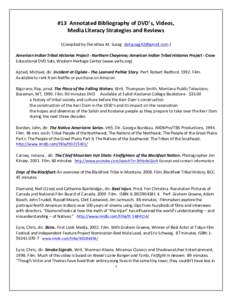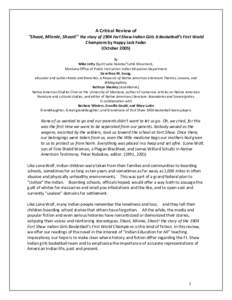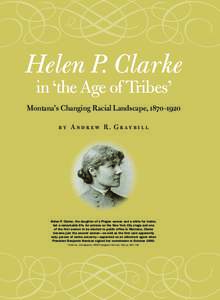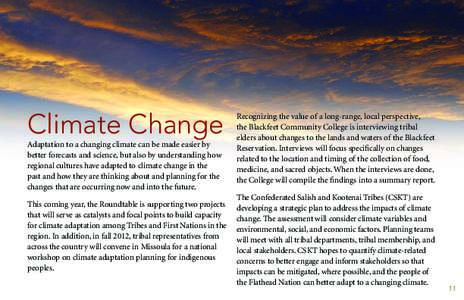<--- Back to Details
| First Page | Document Content | |
|---|---|---|
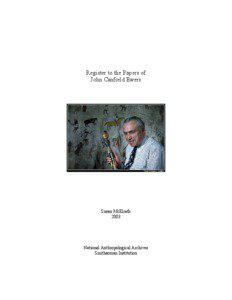 Date: 2011-07-12 08:28:41Hugh Dempsey Piegan Blackfeet Hanns Heinz Ewers Bureau of American Ethnology Hair pipe George Catlin Mandan Clark Wissler National Anthropological Archives Plains tribes History of North America Americas |
Add to Reading List |
 Register to the Papers of John Canfield Ewers
Register to the Papers of John Canfield Ewers